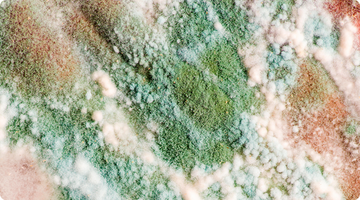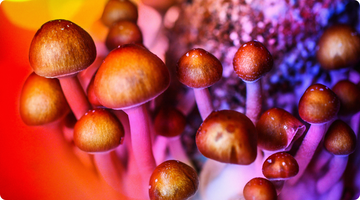Introduction
Mushroom cultivation is a fascinating and rewarding hobby or business, but it all starts with one crucial step: inoculation. Inoculation is the process of introducing mushroom spores or mycelium into a suitable substrate to kickstart the growth of your chosen mushroom species. To help you embark on your journey to becoming a successful mushroom cultivator, we'll explore the different methods of inoculation in this comprehensive guide. Whether you're a beginner or an experienced cultivator, understanding these methods is key to a bountiful harvest.
- Spore Syringe Inoculation
Spore syringe inoculation is one of the most common methods for mushroom cultivation, especially for species like gourmet mushrooms. It involves injecting a spore solution into a sterilized grain spawn. Here's how it works:
- Prepare a spore print or spore syringe containing the mushroom spores.
- Sterilize your substrate (commonly a mix of vermiculite and brown rice flour).
- Inject the spore solution evenly into the substrate.
- Seal the container and incubate it until mycelium growth is visible.
- Agar Culture Inoculation
Agar culture is a technique primarily used by more advanced cultivators or those seeking to isolate specific strains or mycelial cultures. Here's how it works:
- Prepare a Petri dish with a sterilized agar medium.
- Transfer a small piece of mushroom tissue or spores onto the agar surface.
- Allow the mycelium to colonize the agar, creating a pure culture.
- Transfer the pure culture to your chosen substrate for fruiting.
- Liquid Culture Inoculation
Liquid culture is a method that facilitates rapid mycelium growth before transferring to a grain spawn. It's particularly useful for bulk cultivation. Follow these steps:
- Create a nutrient-rich liquid medium (commonly using malt extract or potato dextrose broth).
- Inoculate the liquid medium with spores or a mycelium culture.
- Allow the mycelium to grow and proliferate in the liquid.
- Inject the liquid culture into your grain spawn for colonization.
- Grain-to-Grain Inoculation
Grain-to-grain inoculation is a method that involves transferring colonized grains to new sterilized grains for expansion. It's efficient for scaling up your mushroom cultivation:
- Inoculate a small amount of sterilized grains with spores or mycelium.
- Allow the grains to fully colonize.
- Transfer the colonized grains to a larger batch of sterilized grains.
- Repeat the process to create a larger inoculum.
- Plug Spawn Inoculation
Plug spawn is commonly used for outdoor mushroom cultivation, particularly for species like Shiitake and Oyster mushrooms:
- Drill holes into logs or wooden dowels.
- Inoculate the holes with mushroom mycelium plugs.
- Seal the holes and wait for colonization to occur within the log.
Conclusion
Inoculation is the crucial first step in mushroom cultivation, determining the success of your crop. Depending on your goals, experience, and chosen mushroom species, you can select the most appropriate inoculation method. Whether you're starting small with spore syringe inoculation or exploring more advanced techniques like agar culture or grain-to-grain transfer, mastering these methods will set you on the path to a flourishing mushroom cultivation endeavor. Happy growing!






